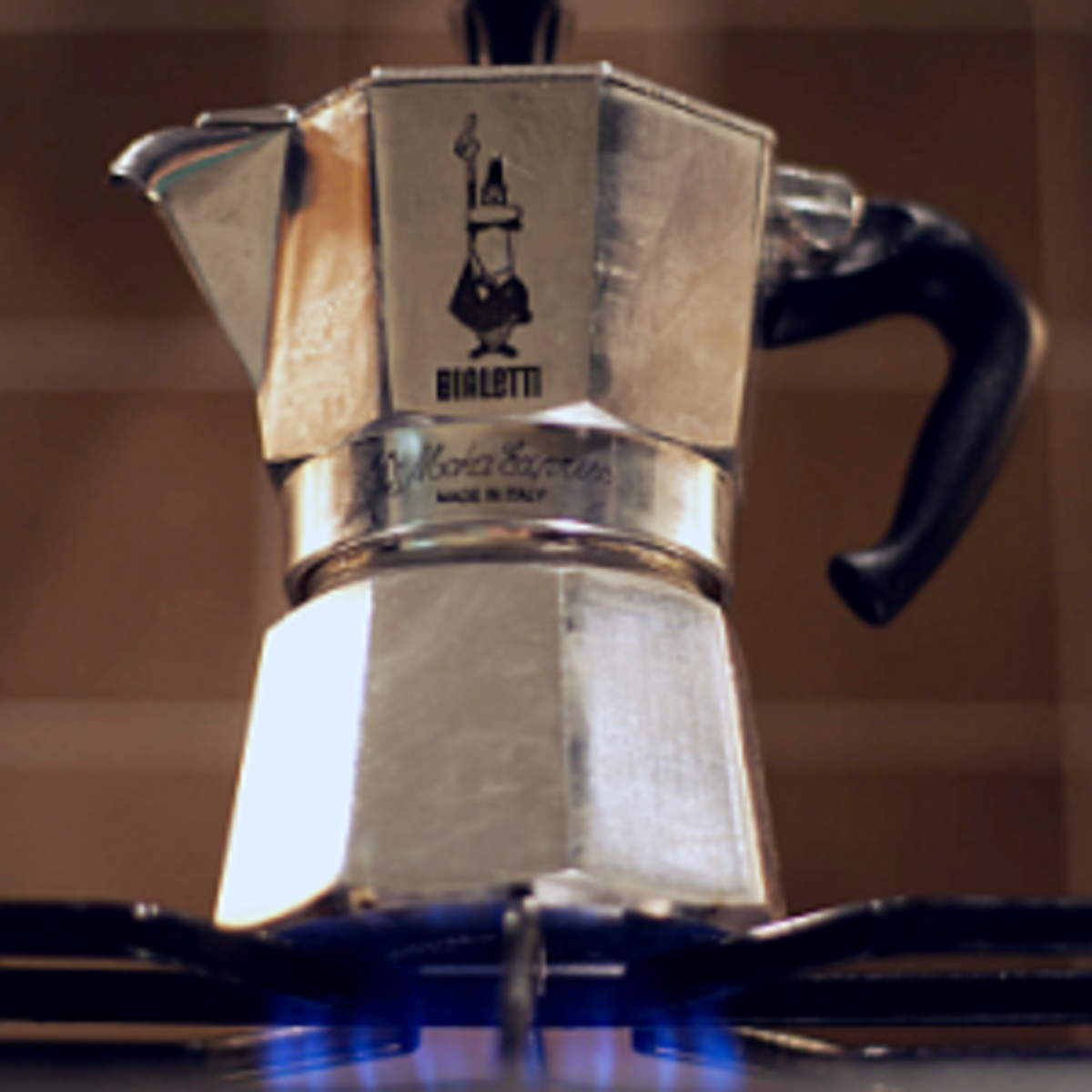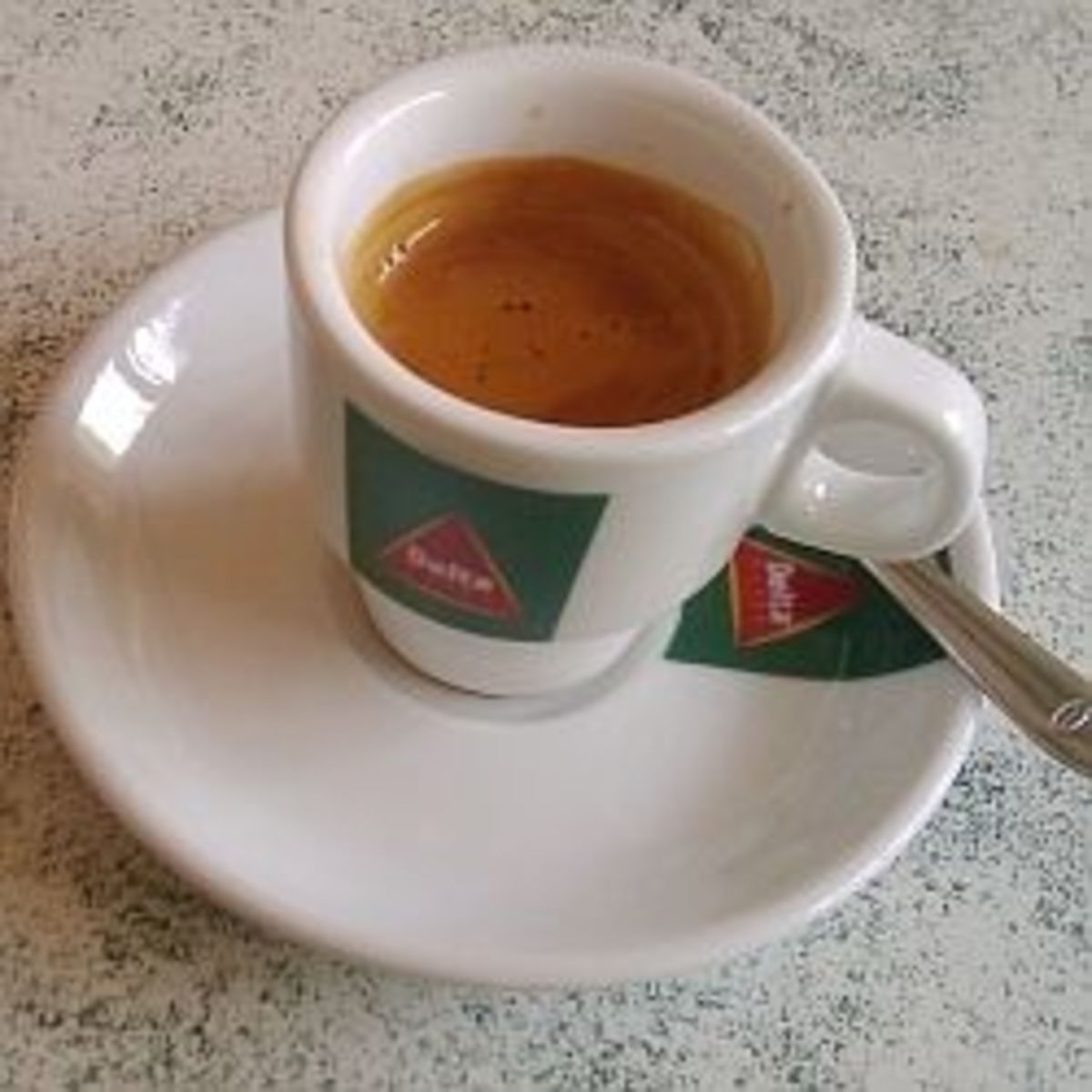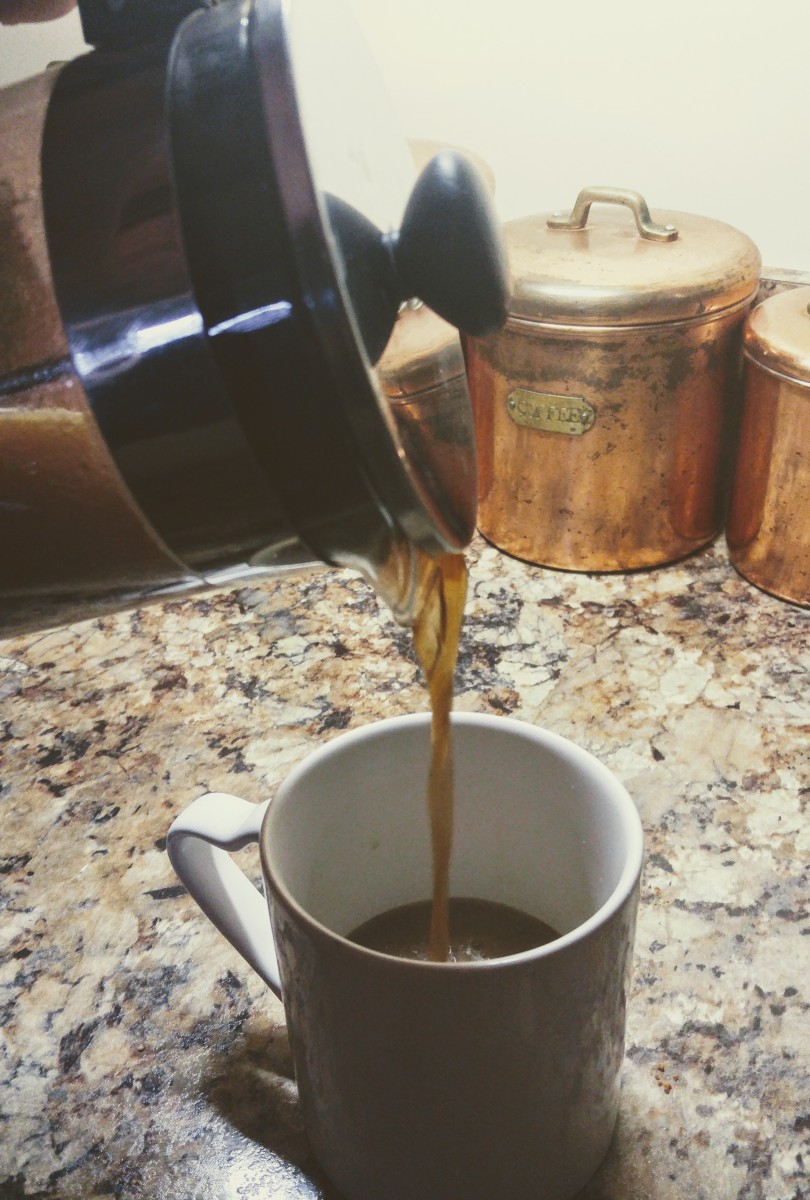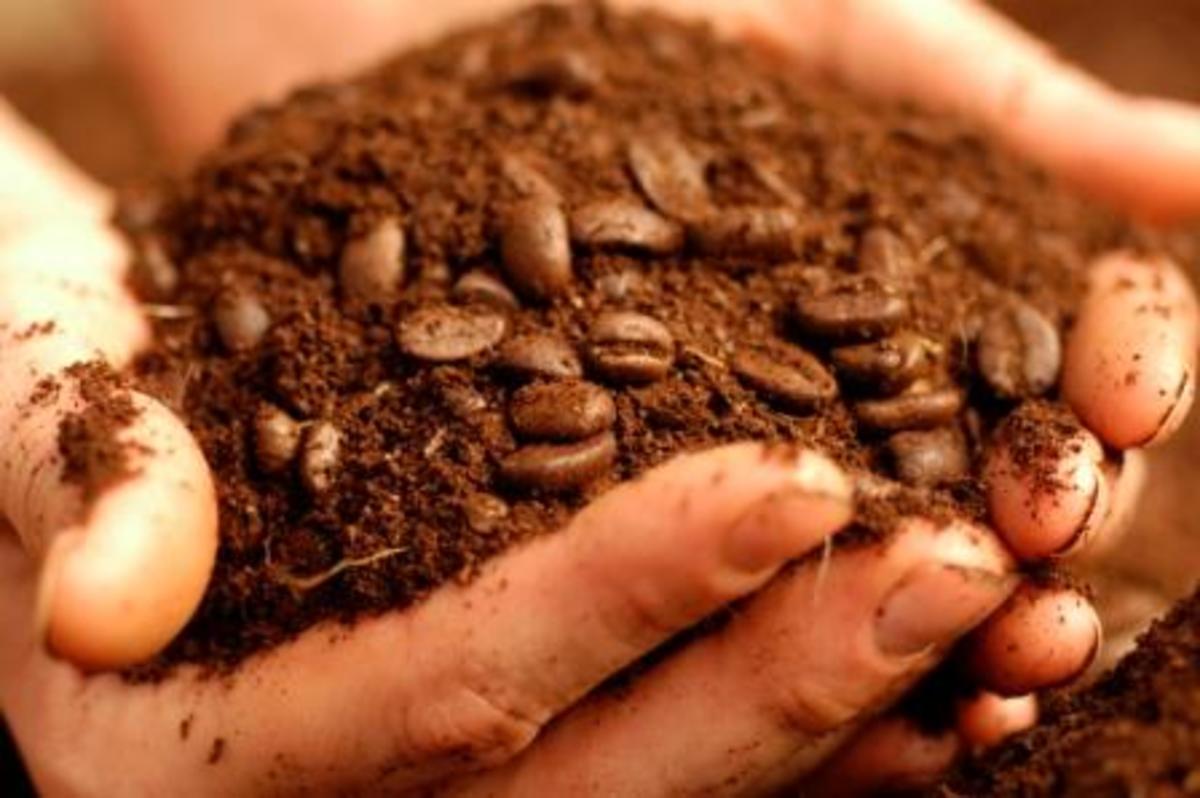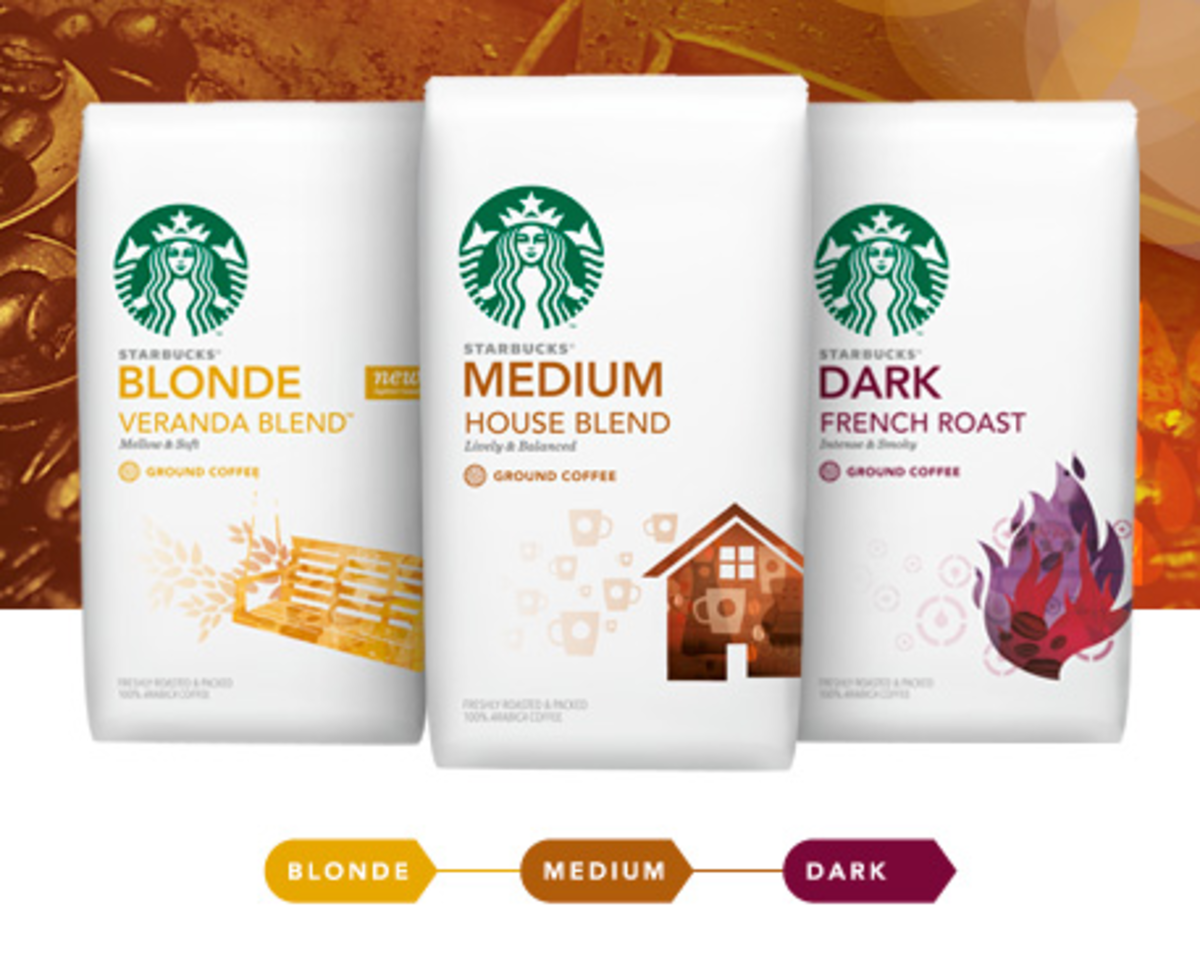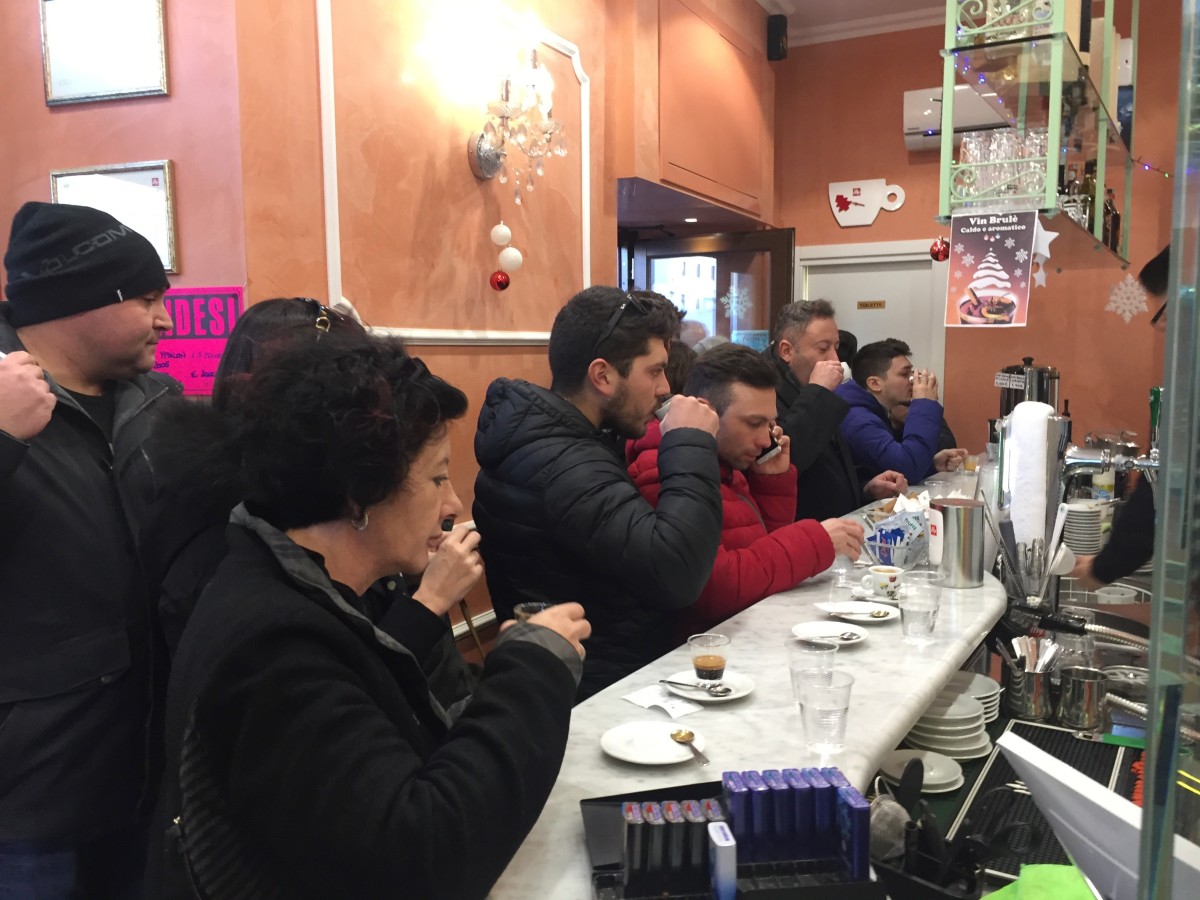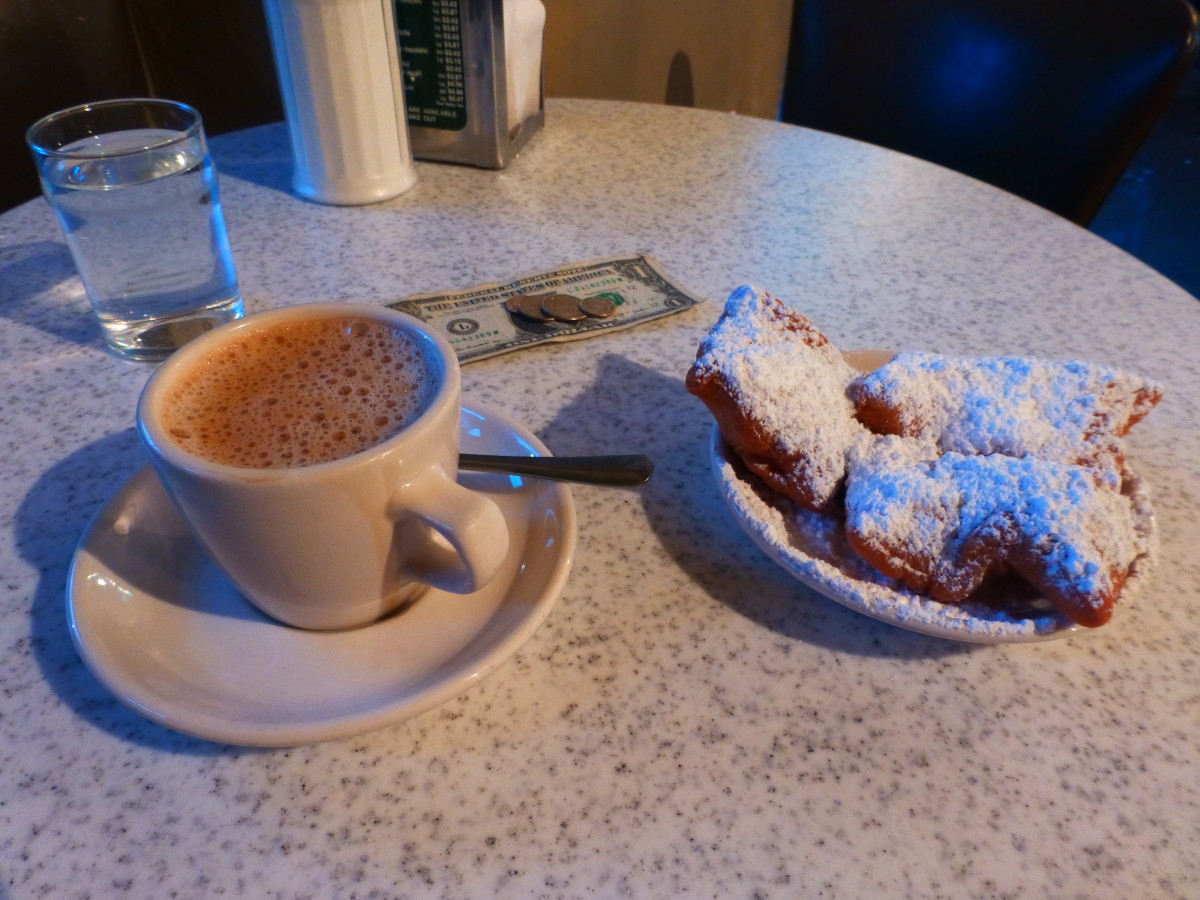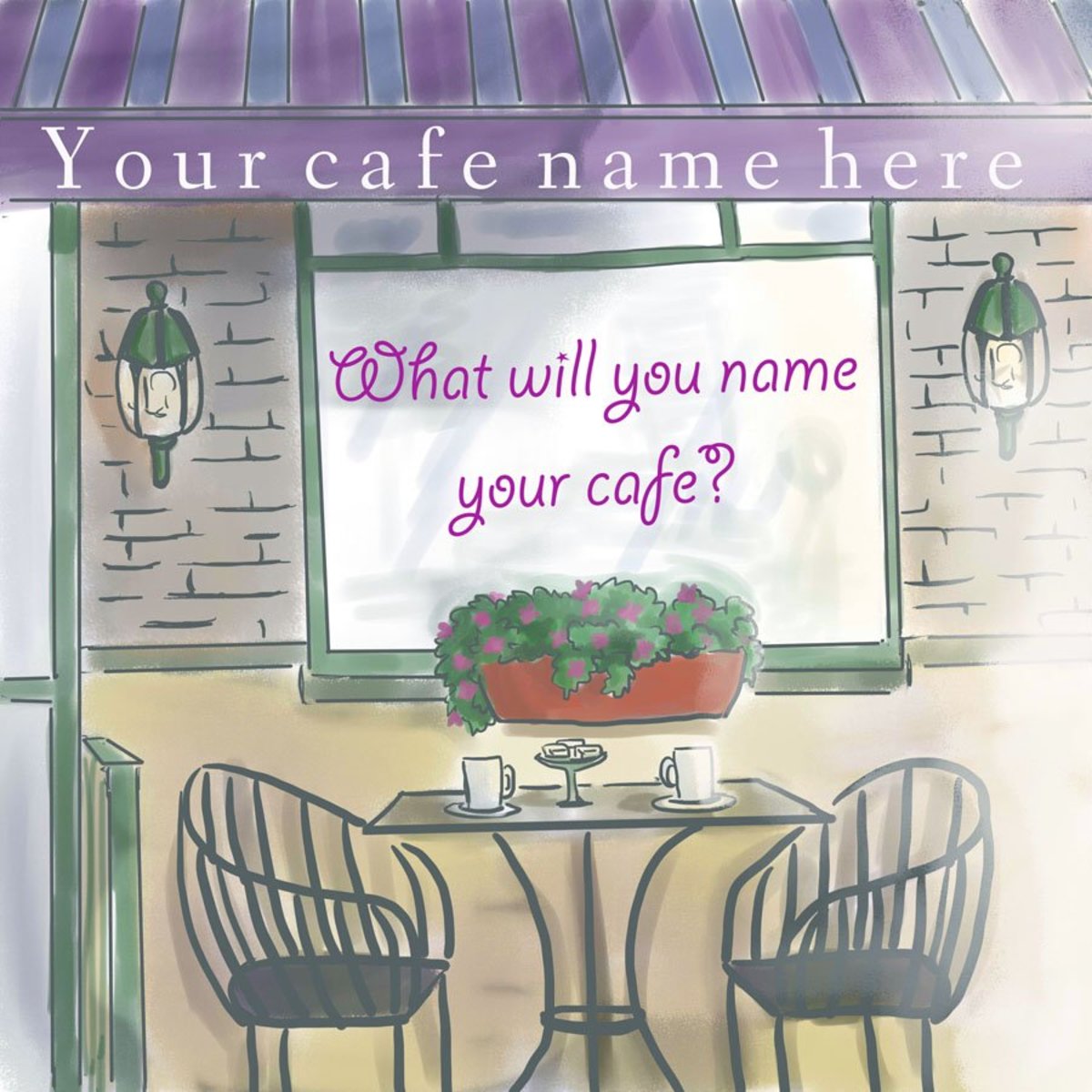Interesting Ways to Make Coffee
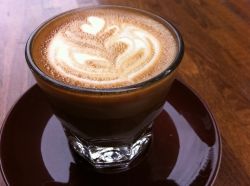
Each way of making coffee changes the end brew.
People are particular about their coffee. You can tell a lot about a person based on how they take their coffee. Most people use a coffee drip machine at home, but there are quite a few ways to make coffee.
Coffee has become a new obsession of mine, and I enjoy sharing some of the things I have learned over the course of researching how to make the best cup of coffee.
Filter-drip coffee is a bit pedestrian, so we are going to go over the more interesting methods available.
Photo by Karen Neoh
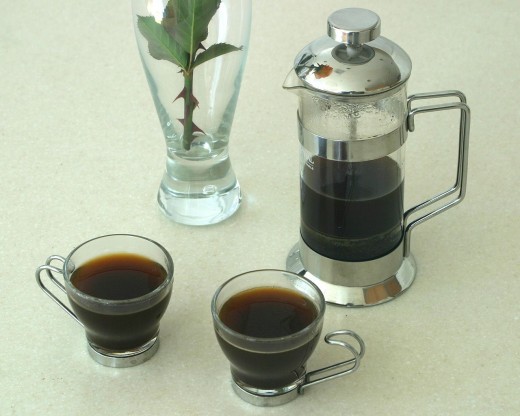
French Press
French Pressed coffee is similar to how loose leaf tea is made. Water is heated (I use a teapot) to boiling. While it is heating, but ground coffee into the press. I use about 3 to 4 heaping tablespoons for 2 cups, but I like stronger coffee.
Once the water is boiling, let it cool slightly so it isn't a rolling boil, this will help prevent spilling. Pour the water directly onto your coffee in the press. Stir with a spoon, and place the top on the press (but don't press yet!)
Wait 4-8 minutes, depending on how strong you like your coffee. I sometimes re-stir with the spoon, thinking it is my "secret" to better coffee, but it probably doesn't make that big of a difference.
Press the plunger down slowly to get all the coffee grounds to the bottom and pour into your cup. Voila!
Photo: Yongbin
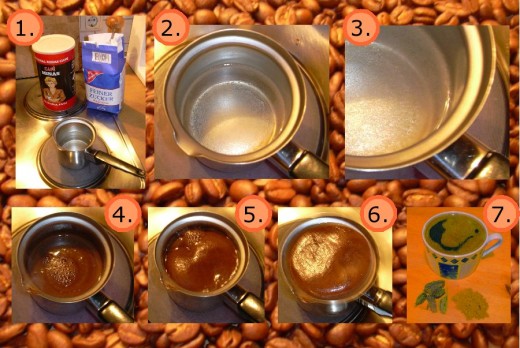
Turkish Coffee
This refers to a method of preparation, not a specific place. Coffee is very finely ground, to a powder. Most burr mills are unable to grind small enough. Water is boiled, then let to slightly cool. The grounds are added. The desired amount of sugar is added.
The coffee is returned to a boil, and develops a thick foam, and can be served.
I've never had the pleasure of trying Turkish Coffee, but I would very much like to.
Photo: Oliver Merkel
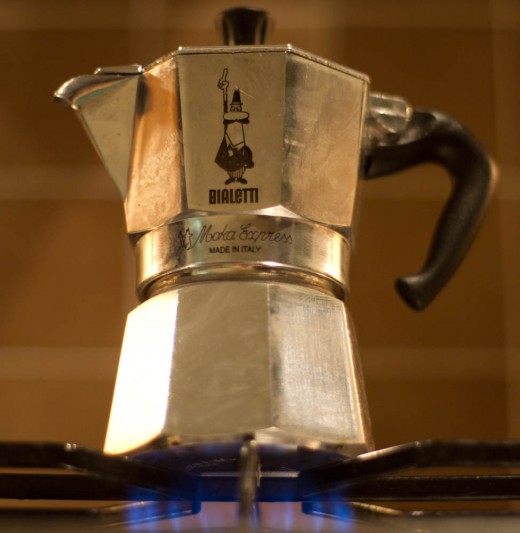
Moka Pot
Frankly, I don't know much about moka pots, but they intrigue me. I've never used one. I've heard they are closer to espresso than coffee, and I've heard talk that they produce crema, which is pretty awesome!
Moke Pots were invented by Bialetti in the early 1930s, and are placed stove top to head them.
I'm really curious about them, and would like to try one out.
Photo by: Jordon Smith
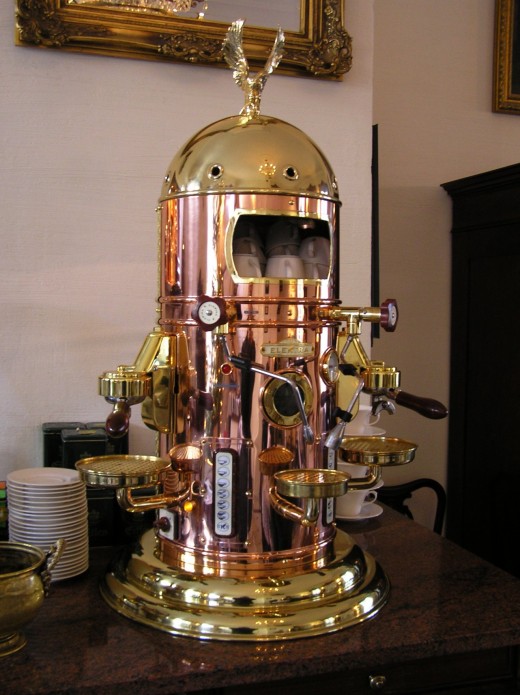
Espresso
Espresso is the strongest coffee I know. But calling it "coffee" would be like calling racing ethanol "gas." Sure, they are similar, but there are some big differences.
For one, properly made espresso requires a very fine grind of coffee bean. If the grind is too large, the water can easily get through the coffee, and with espresso you don't want that.
True espresso is made by forcing hot water through coffee under pressure. The phrase "pulling a shot (of espresso)" comes from the original espresso makers. There was a lever you would pull that would force water through the coffee grounds. Forcing hot water through the grounds creates a foamy liquid known as "crema" that sits on the top of your shot of espresso. Crema on top means that the shot may have been pulled correctly. However, some experts are now stating that either swirling in, or even skimming off, the crema will lead to a better flavor profile.
The amount of pressure used has never been standardized, but there have been several attempts to firm up the rules on espresso.
Photo by: Beantree
Pourover
Made popular by the V60, as well as other methods. The pour over method is similar to a traditional dripper. It provides a very clean cup, as it is filtered. A gooseneck kettle is the stereotypical way that water is added, so that water may be added to specific areas of the grounds. This provides a much better level of control compared to simply pouring water into the V60.
Clever Dripper
The Clever Dripper is a combination between a pourover and an immersion method. It provides a nice extraction without the muddiness associated with a french press. This is my current de facto way to brew coffee in the morning. Cleanup is very easy, simply dump the filter and grounds into the garbage.

